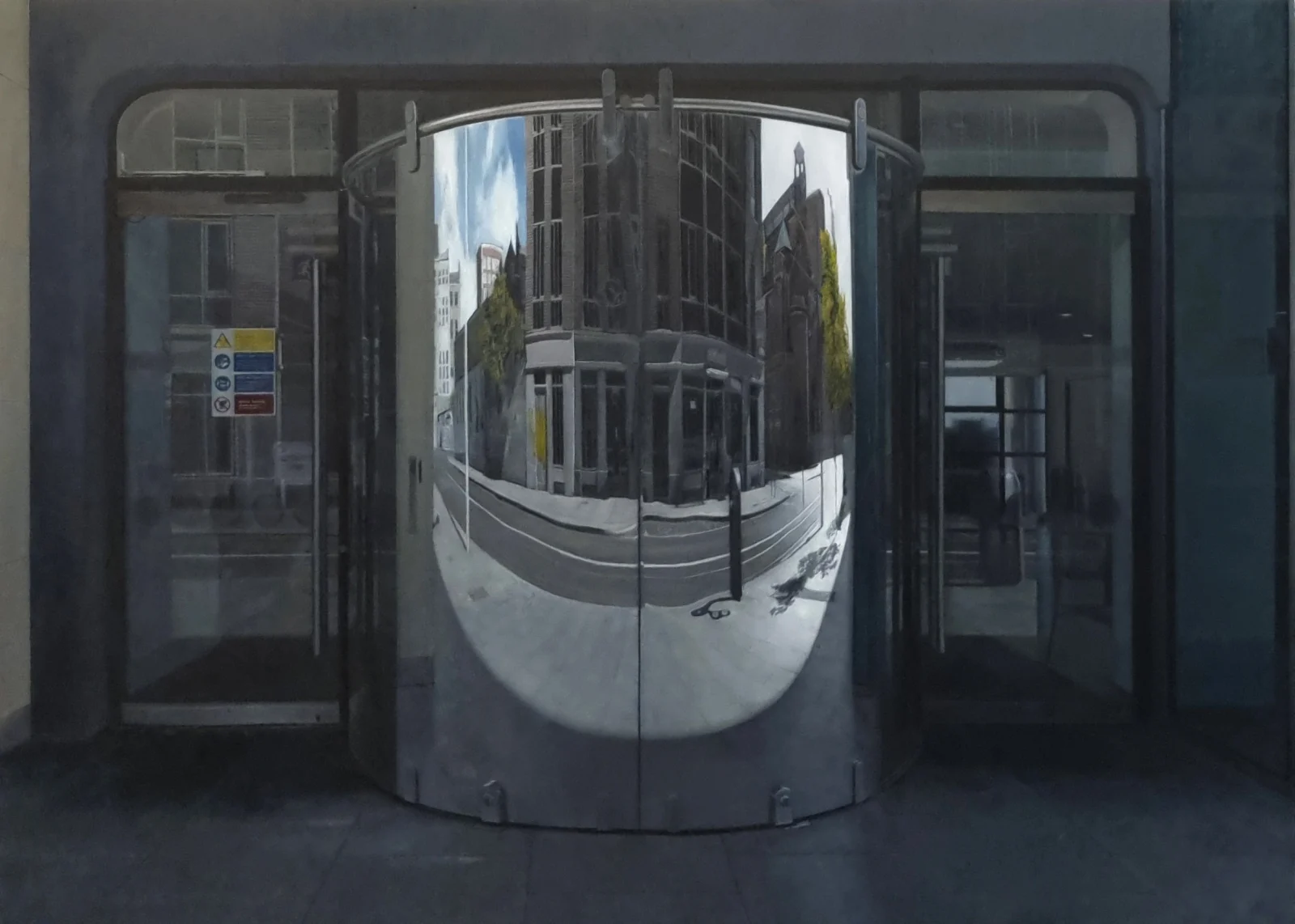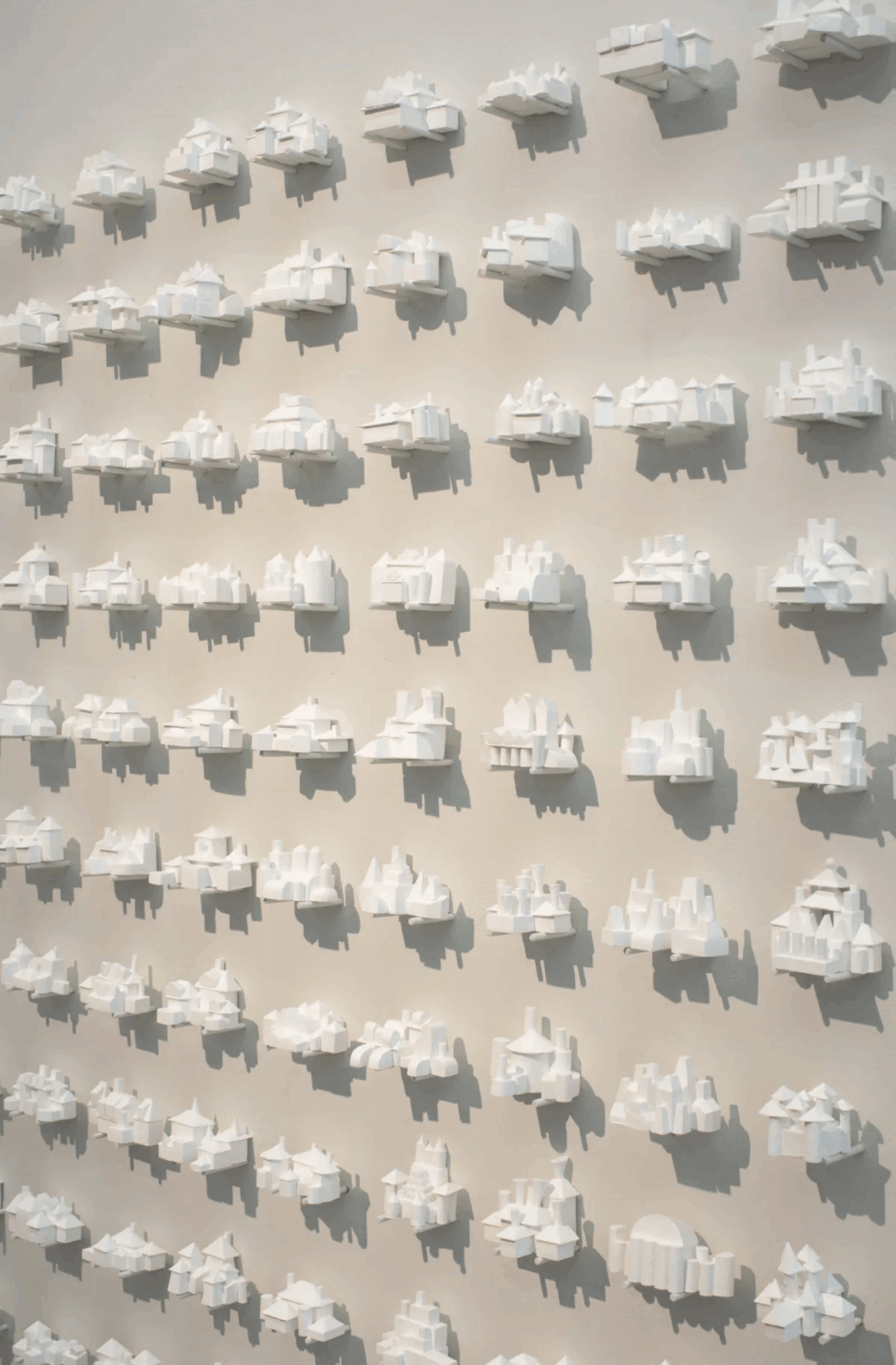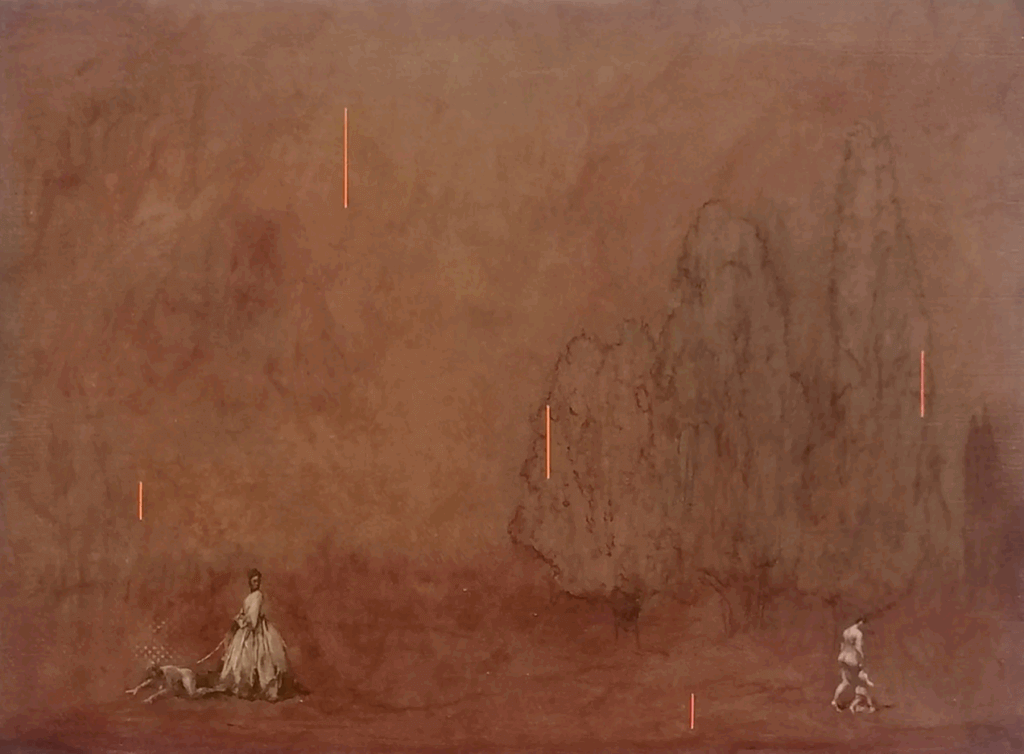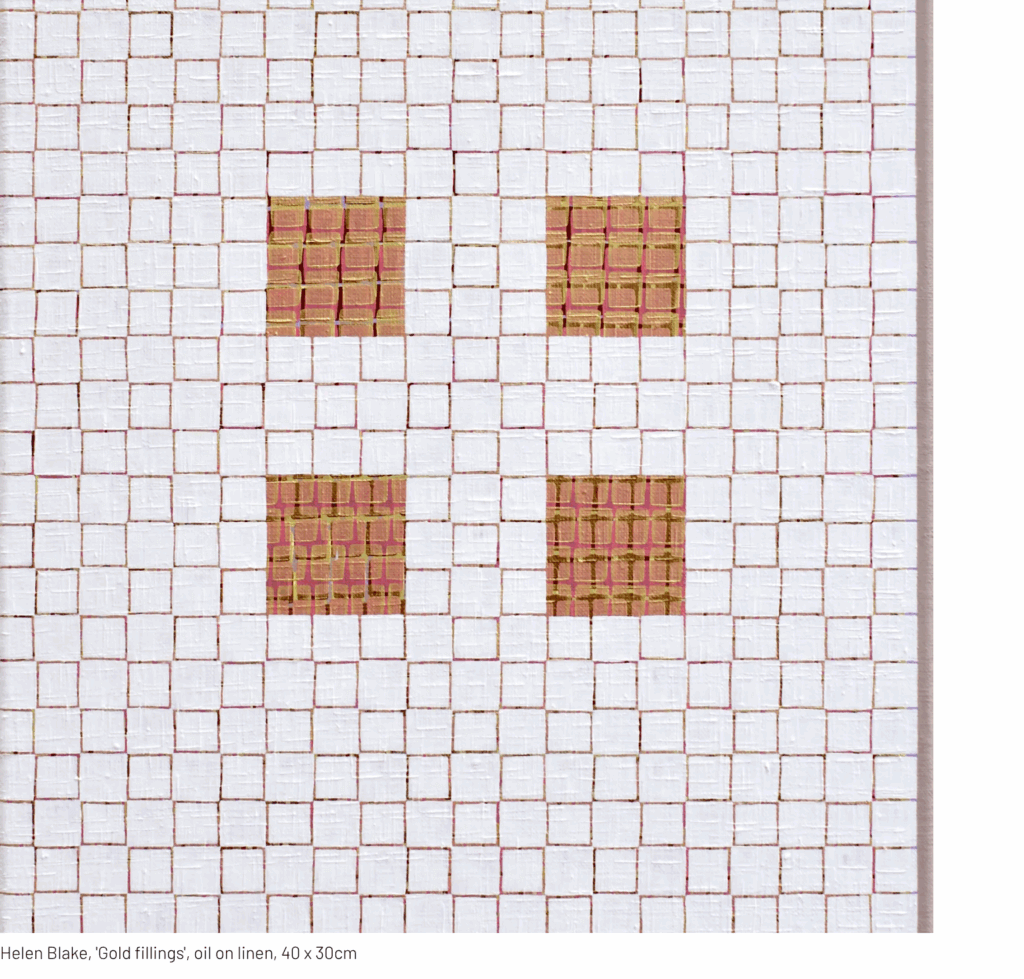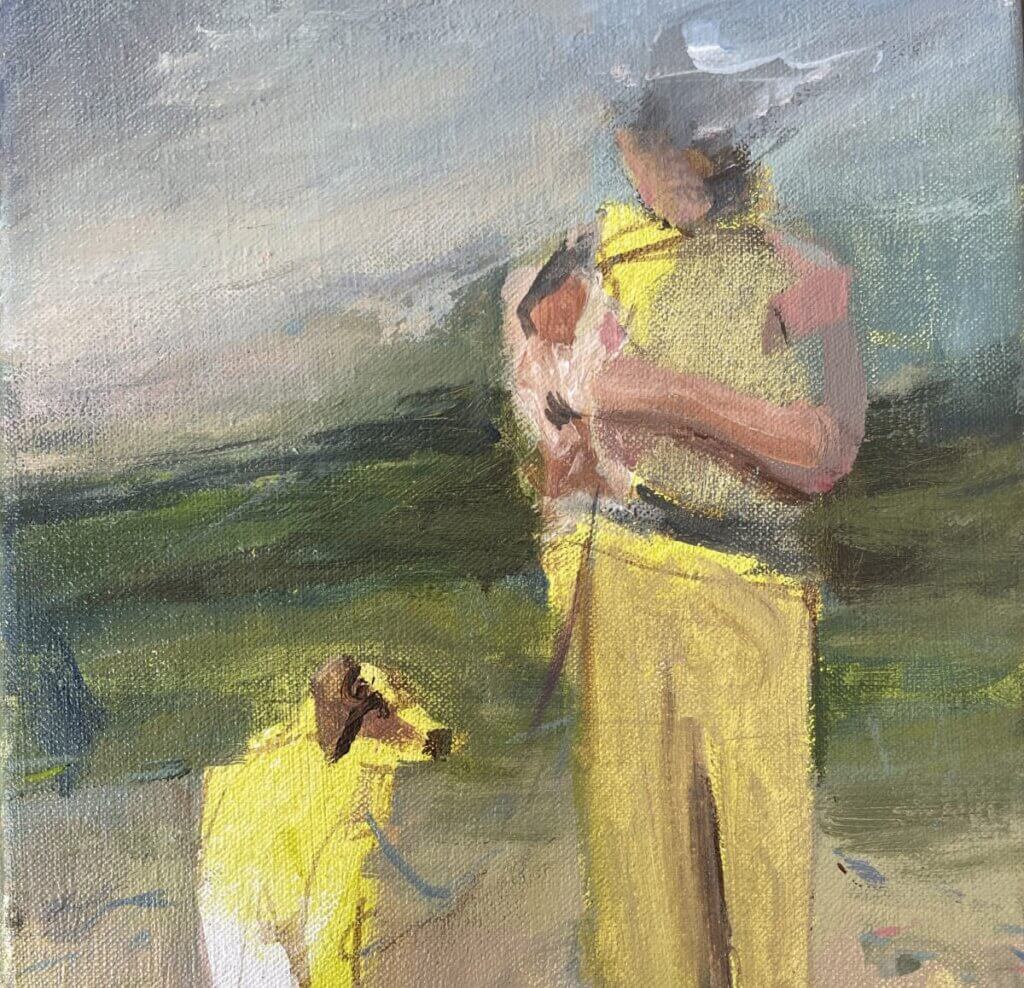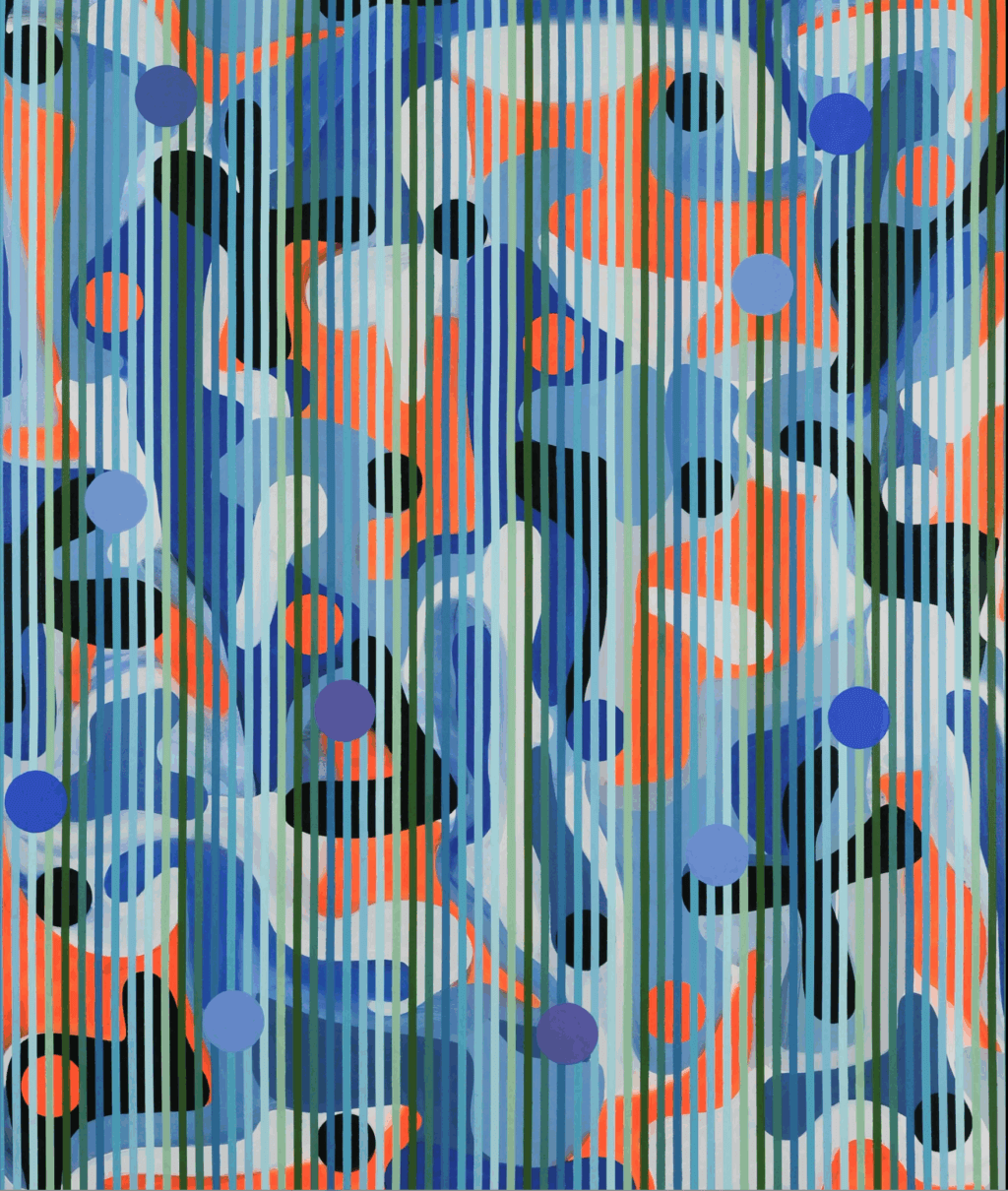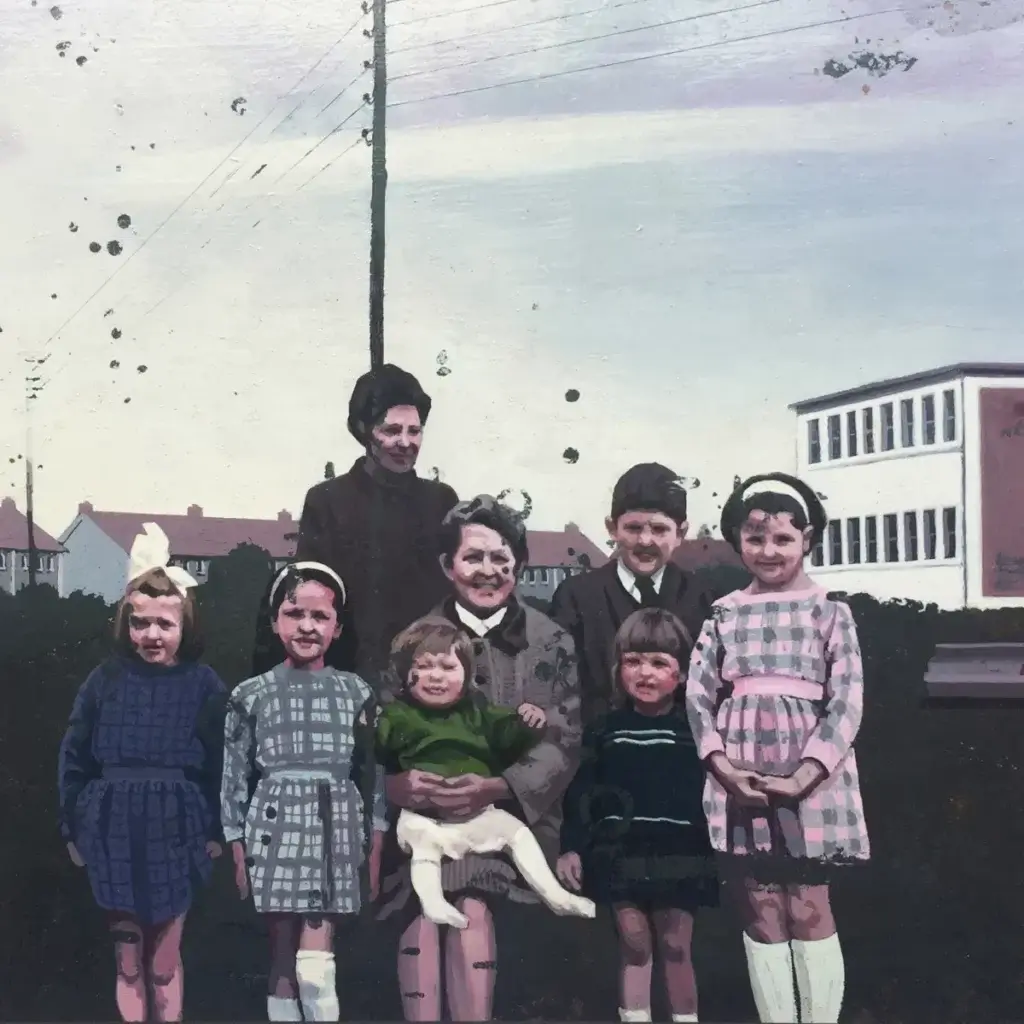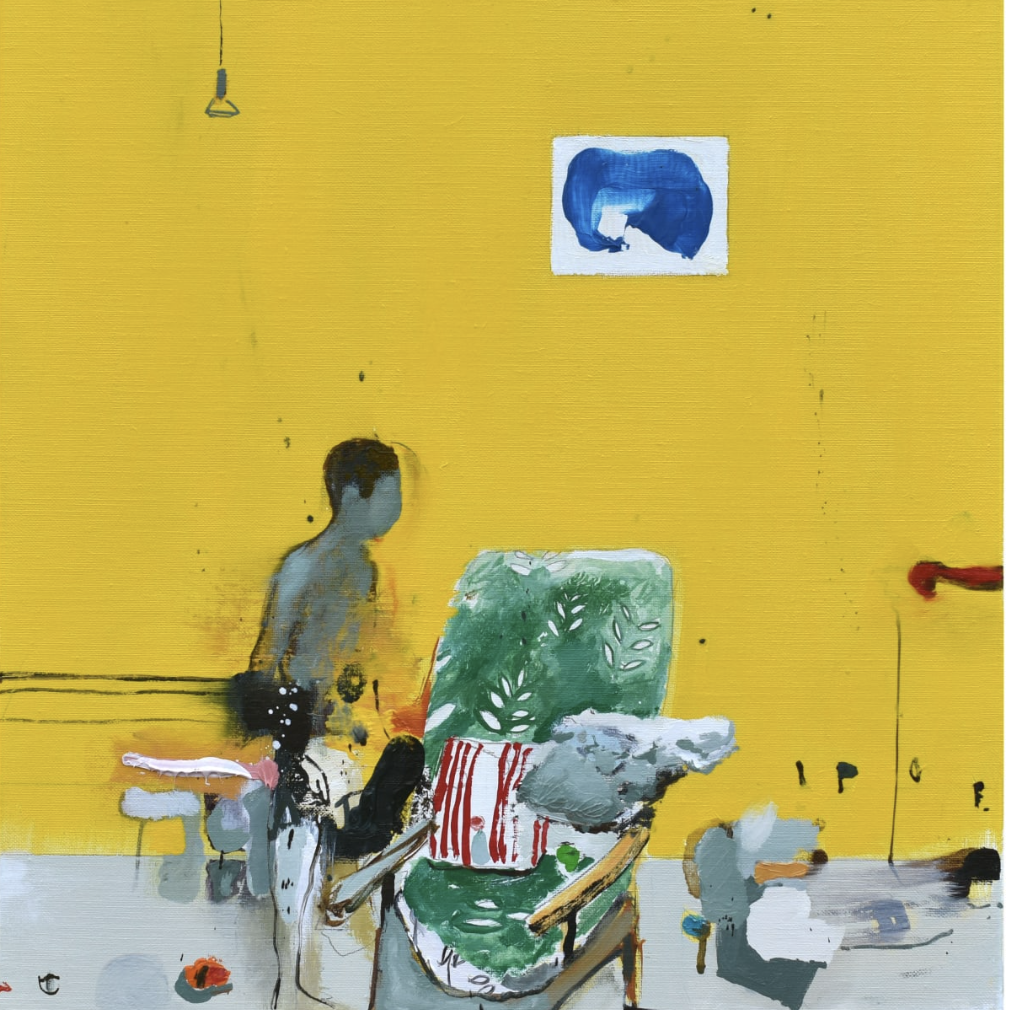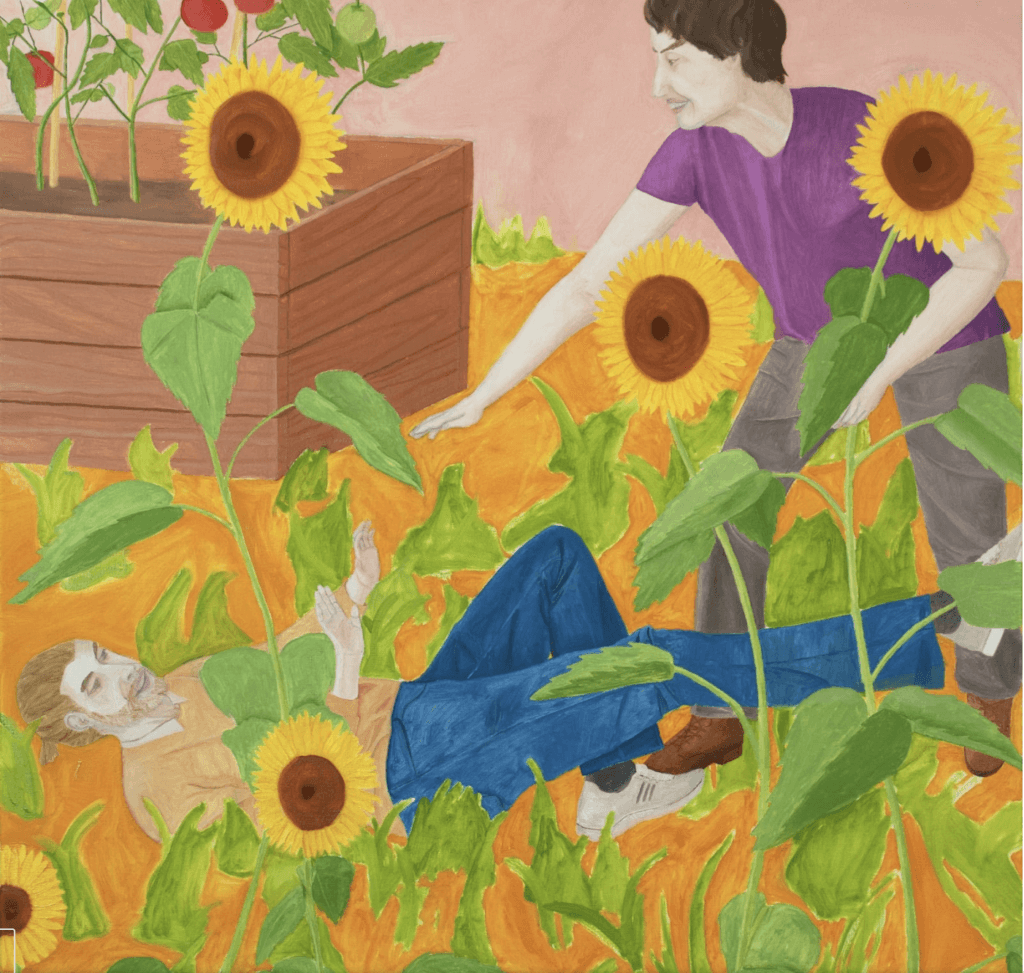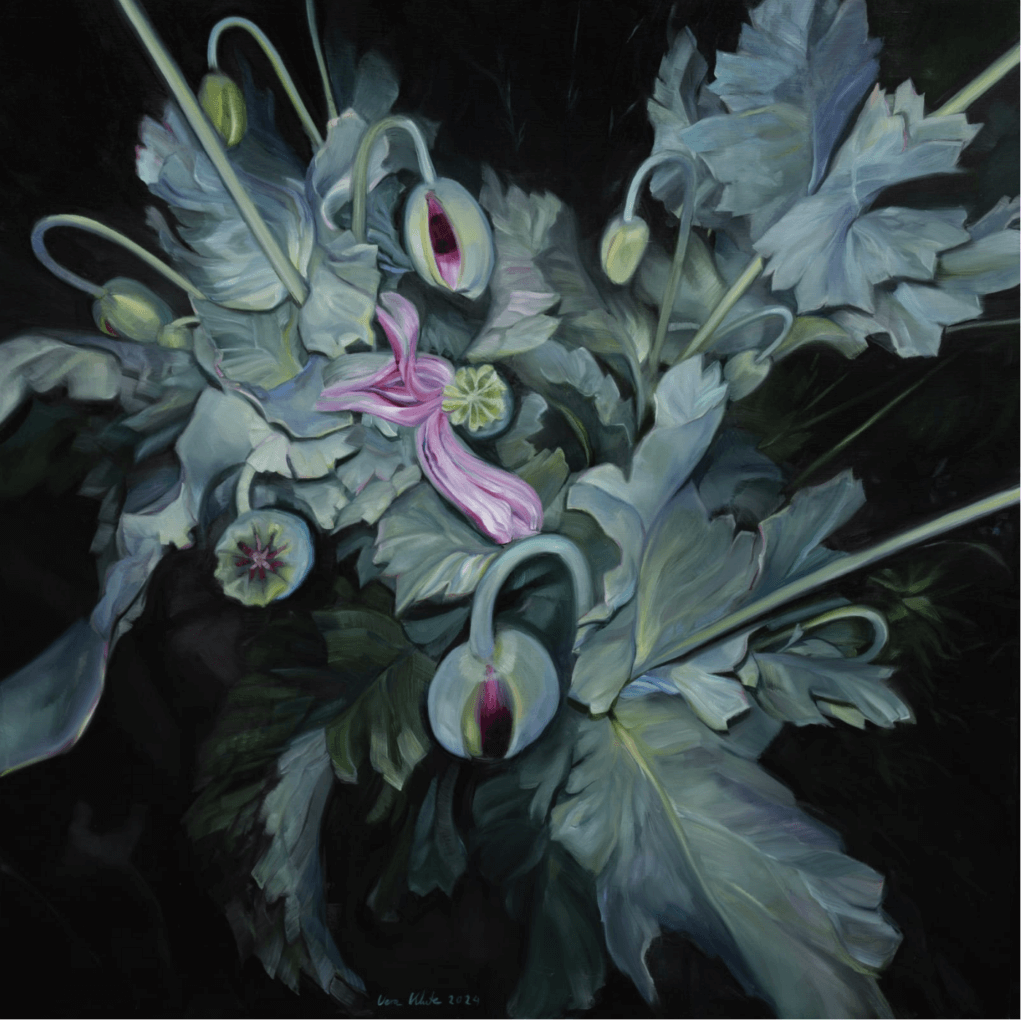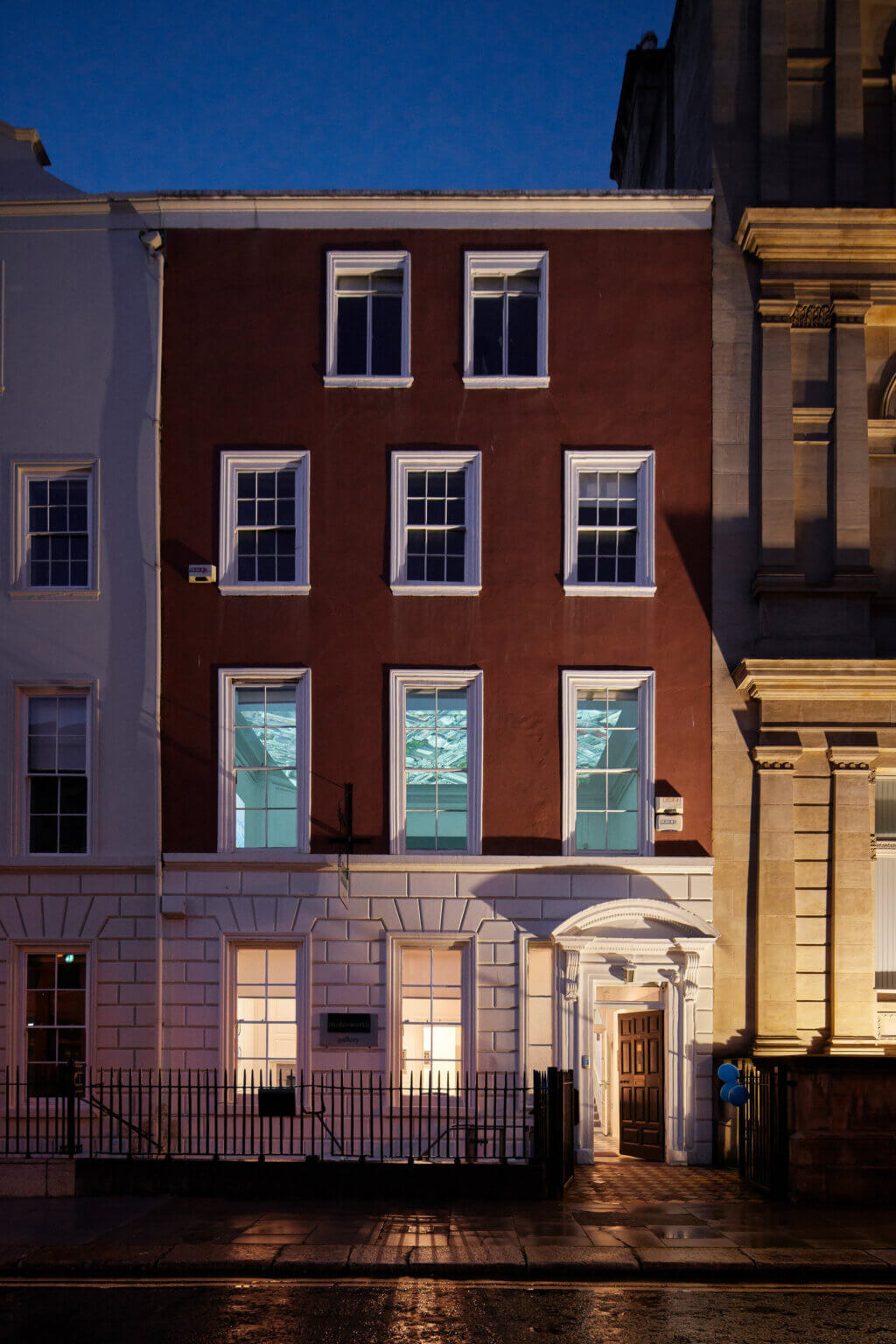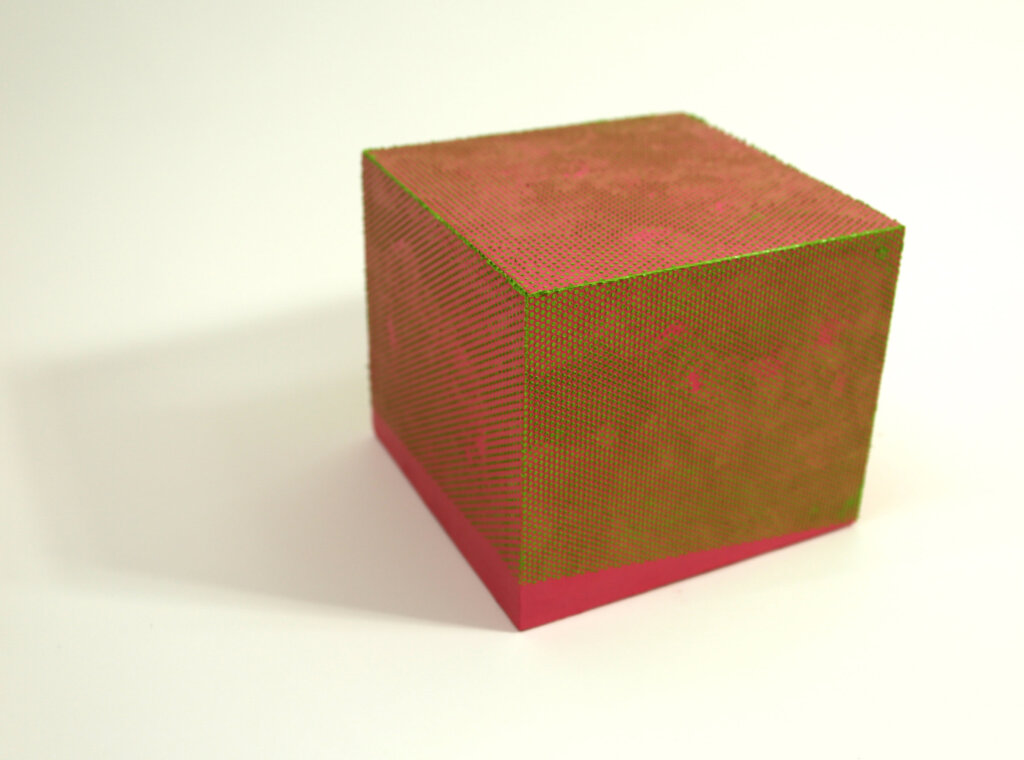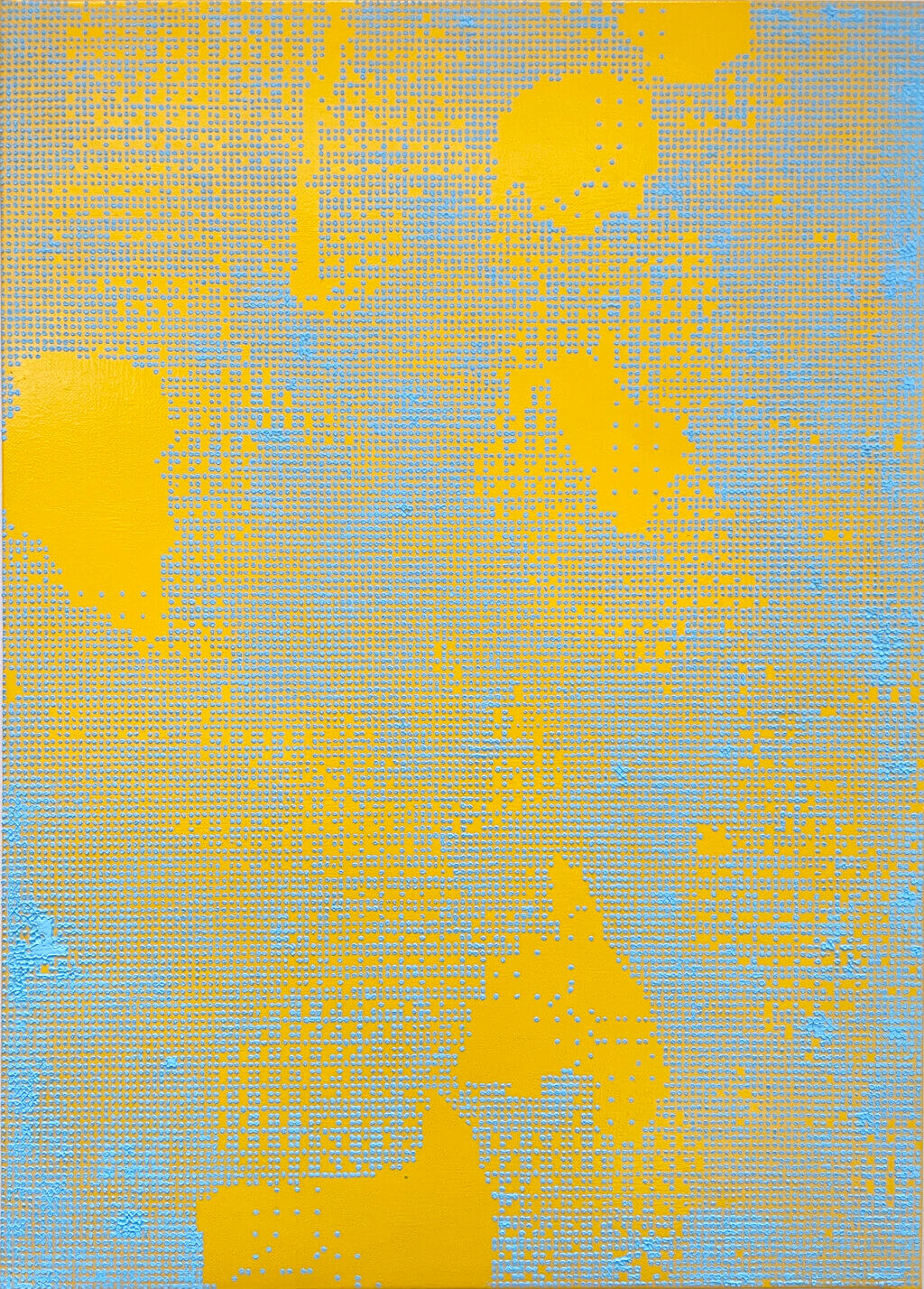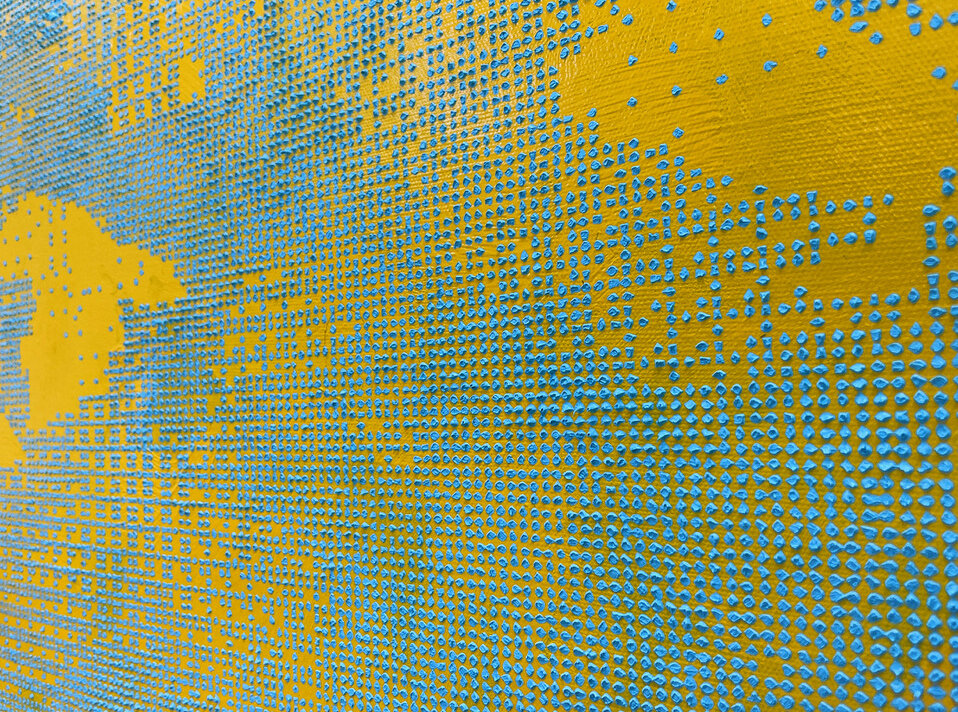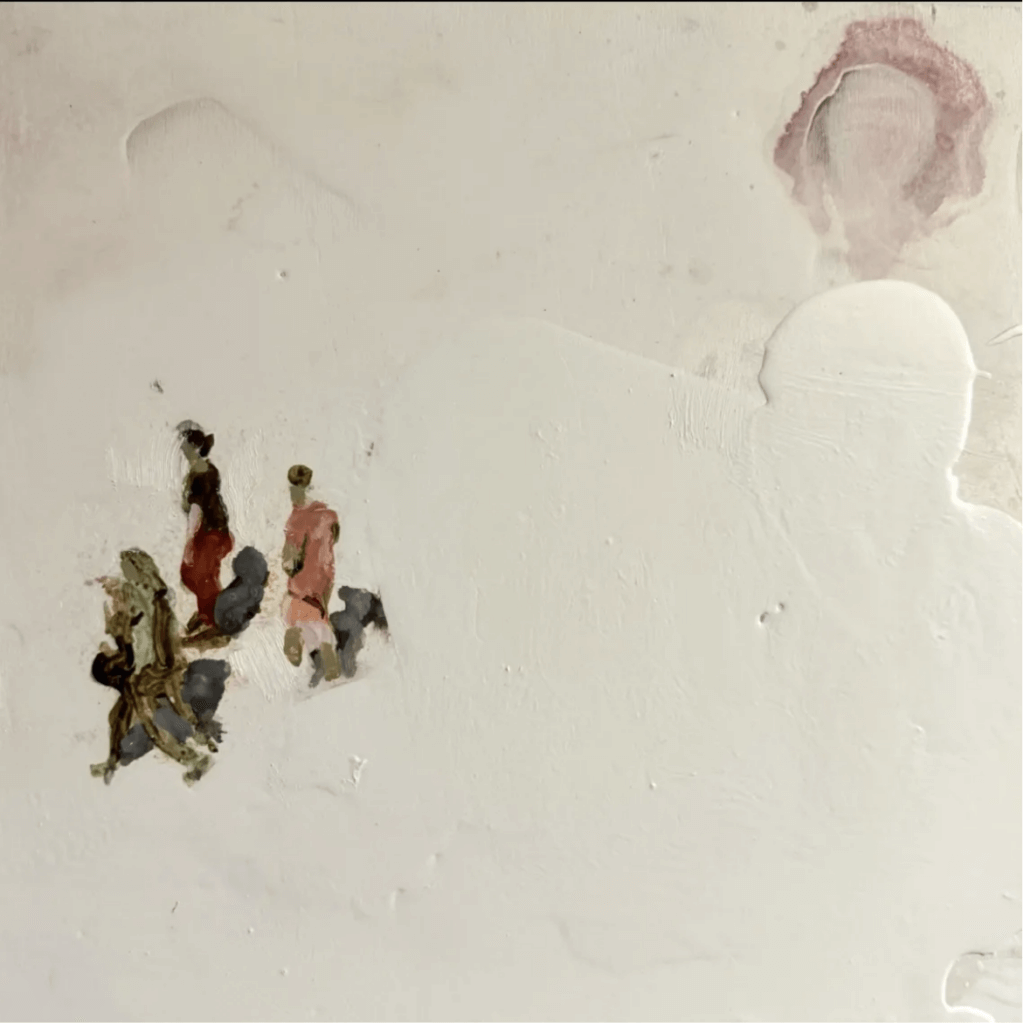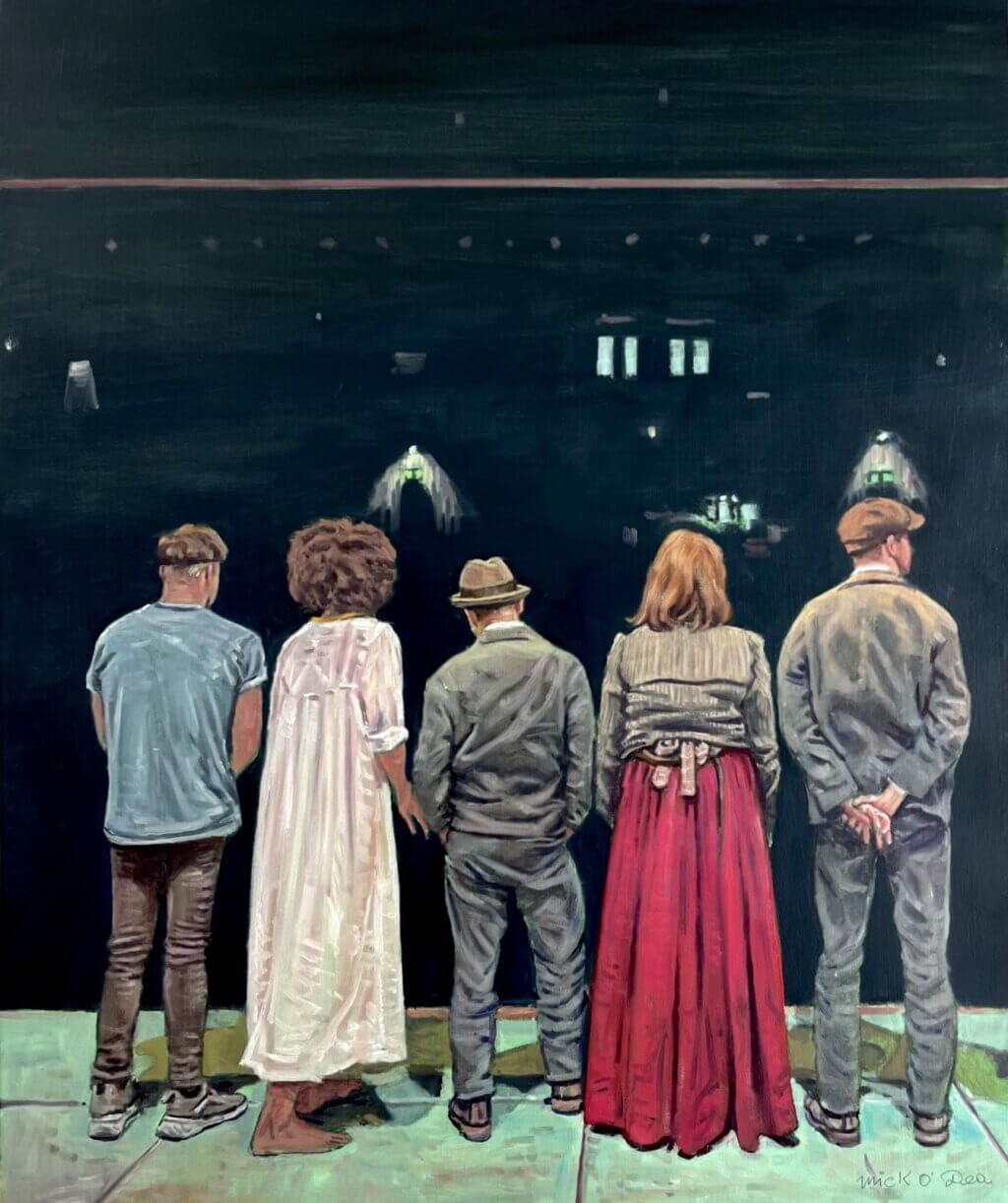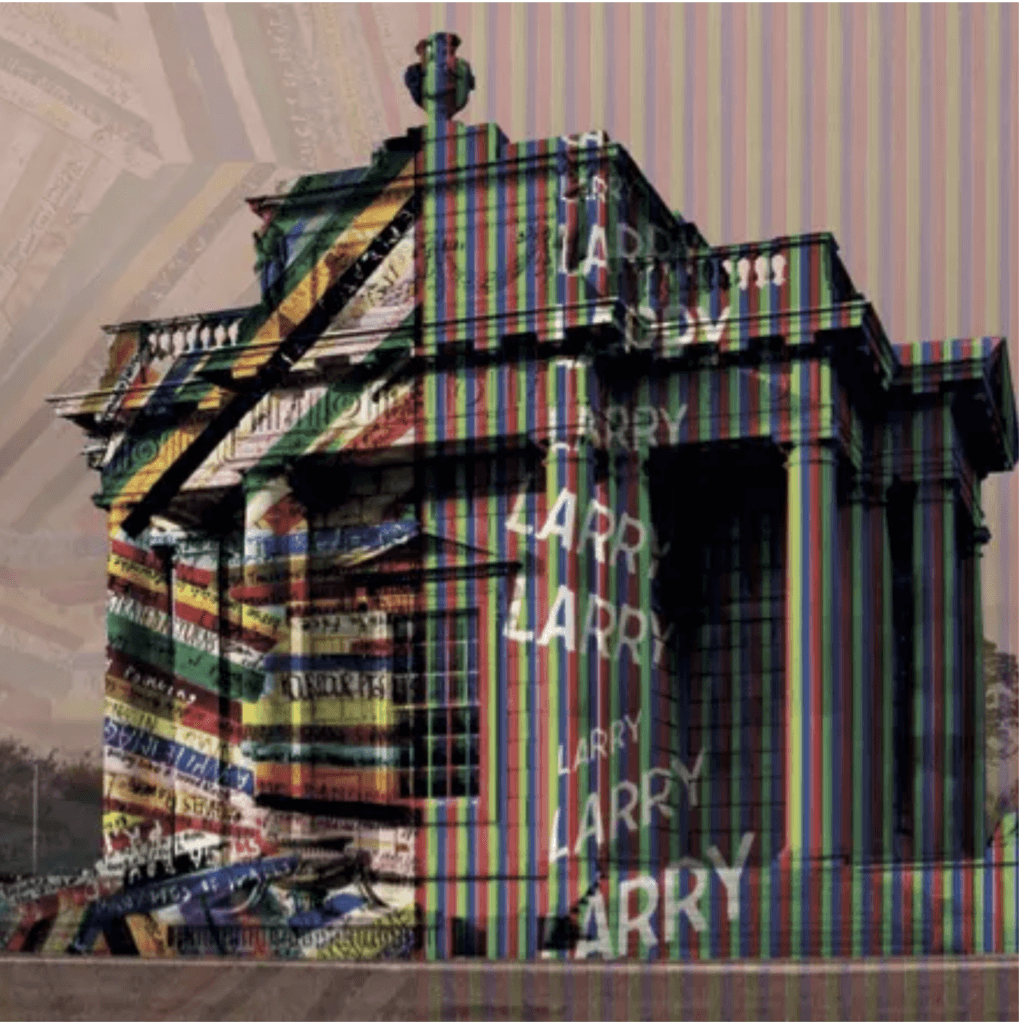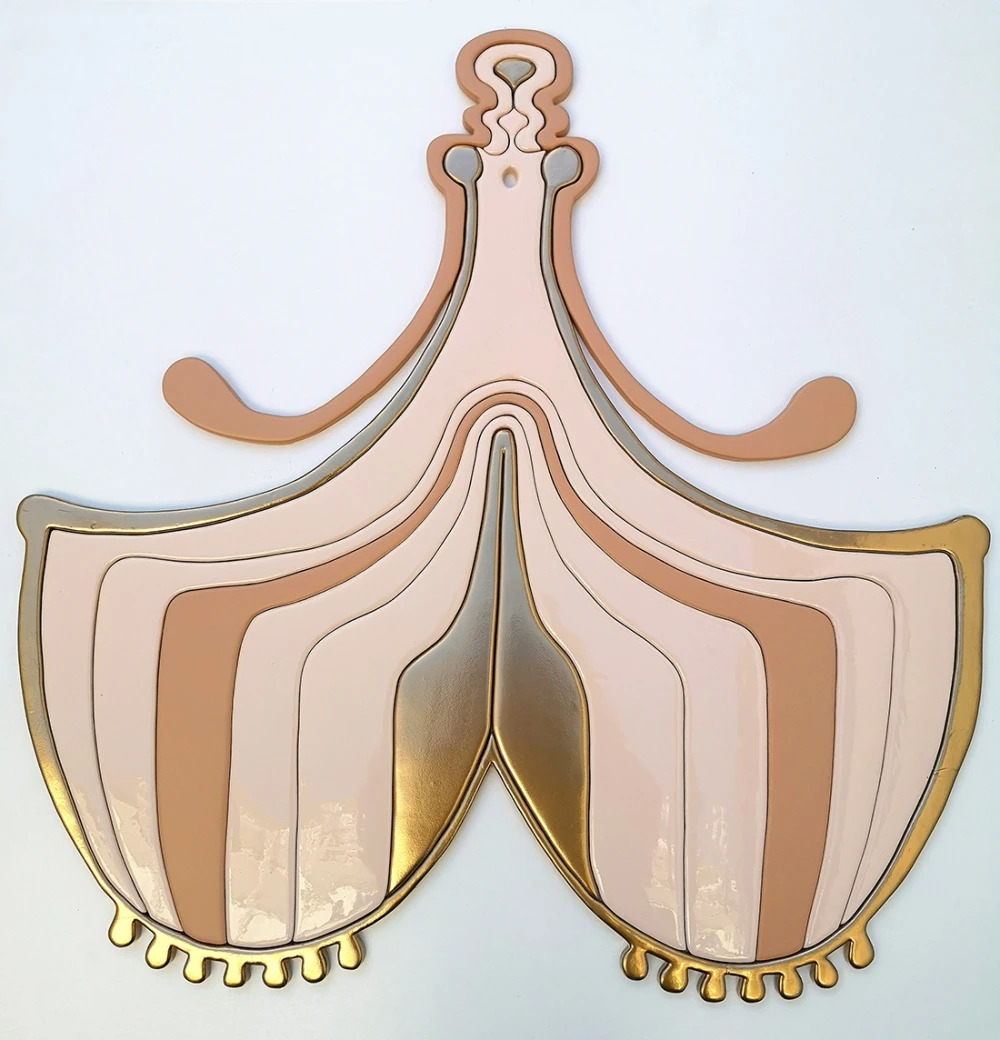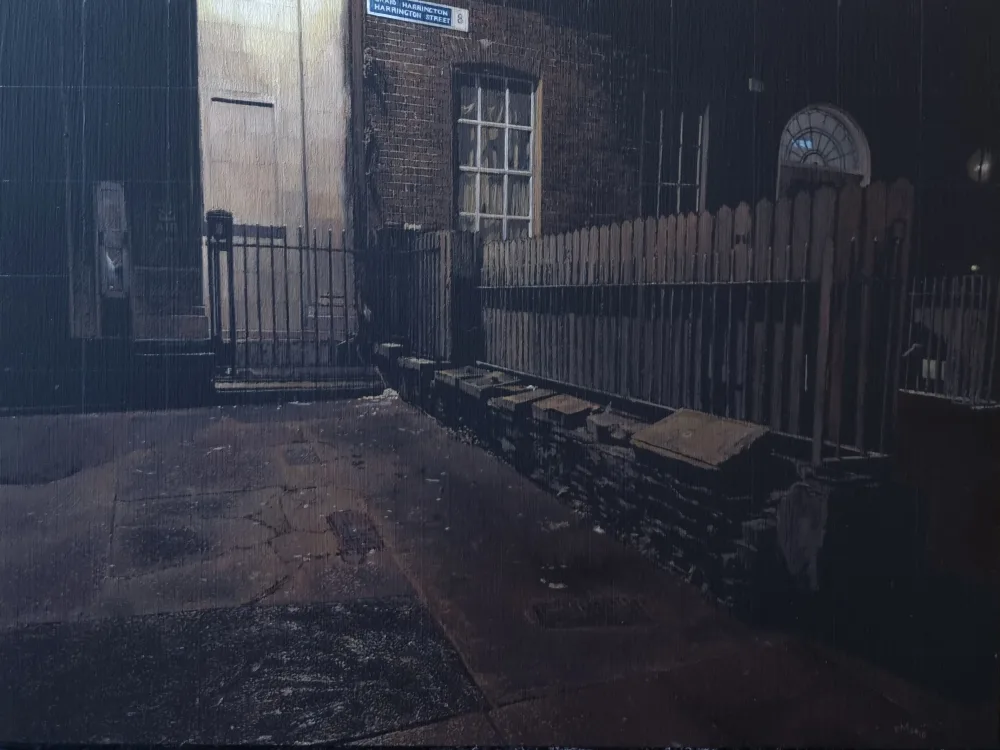
Francis Matthews, "Harrington", oil on board, 22 x 30 cm
The Molesworth Gallery
24th May 2024 – Exhibition
EXHIBITION: Francis Matthews – Int. / Ext.The Molesworth Gallery is delighted to present an exhibition of new paintings by Francis Matthews.
FROM
24th May 2024—26th June 2024
LOCATION
The Molesworth Gallery, Molesworth Street, Dublin 2, Ireland
In this new series of paintings, followers of the artist will recognise the familiar subject matter of urban architecture: details of streets and buildings that might go unnoticed or cursorily be considered unsightly by the passerby, unworthy of representation due to a drab or discordant appearance. For Matthews, however, these mundane elements of the urban landscape are ripe with possibilities, energized by the sophisticated interplay of light and shadow.
Francis Matthews graduated with a first-class honours degree in architecture from UCD before pursuing a career as an artist. He has won multiple awards at the RHA Annual, including the Hennessy Craig Scholarship.
An essay on the artist by Dr Yvonne Scott can be read below.
The Dynamics of Light
by Dr Yvonne Scott
Francis Matthews explains that he specialises in night scenes because he is interested in the dynamics of light. This seems, initially, to be a contradiction, but makes sense when it is considered that man-made illumination – the gleam of streetlights, the beam from traffic headlamps, the glow from domestic and commercial windows – only becomes fully visible once daylight has faded. Matthews’ vision is therefore at its most acute in the hours of darkness. At that time also, the streets are relatively deserted of human and vehicular traffic. His built milieu is redolent of its creators and users, yet without their embodied presence. There are no distractions from the urban landscape environment he projects; it is at once a subject in its own right, and a world presented for the viewer to imaginatively occupy.
While Matthews had no formal training as a painter, he achieved a first-class degree in architecture, focusing on the dynamics of light and space for his final year dissertation – a fascination that reveals itself in his artwork: spaces articulated by the fall and texture of artificial light. At times reflection bounces from rain-drenched streets to polished inorganic surfaces of glass or metal, convincingly populated with the mundane and familiar elements witnessed in living towns: bins, vehicles, lamp-posts, street-markings, graffiti. He occasionally presents daytime scenes, but even then, the structures and streetscapes are defined by the conditions of light.
As municipal populations continue to increase, as urbanisation expands, and as lighting technology advances – the town at night might seem an obvious subject for contemporary artists, but it remains surprisingly rare. Matthews’ evident interests perhaps drew him to architecture in the first place, and that creative field in turn has informed his own perspectives. Architectural theorists have commented on the semiotics of light – how the incidence of lighting, both municipal and private, indicates something of the patterns of engagement with a place, as revealed in the hours of darkness. Those places most frequented are the ones that are most comprehensively lit, while at the edges of urban conglomeration, lighting becomes less regular; there are fewer streetlights, and fewer buildings shedding light from their interiors. Where a busy housing development near a bustling town may be well lit into the evening, more sparsely populated areas on the outskirts may be plunged into darkness as the evening progresses. During the nineteenth century, as street lighting became mechanised and more extensive, trends in popular usage expanded, people stayed out later, entertainment venues flourished. Modernisation in its various forms (including means of lighting) aided modernity in lifestyle, prompting Modernist cultural expression. Contemporary practitioners like Matthews can draw on this legacy, while responding with ambiguity over its ultimate interpretation.
Francis Matthews’ type of realism gives the impression of detail, aided by his own photographic records and his capacity for observation, tools that he mediates with his perceptive editing. The compositions of the paintings are typically presented as though the viewer could walk into the fictive space of the picture plane. In drawing on his own experience of traversing his local streets or of visited destinations, he represents negotiable routes as they open up in the painting. He instinctively avoids occluded views: there are few tangible obstacles to the viewer’s illusionistic passage.
While predominantly comprised of inanimate features, organic elements are included where they occur in reality, not for their symbolic presence (such as the popular trope of nature reasserting itself) but as a surface on which light might play in some characteristic way – so weeds poke through cracks in the pavement, lit by the beam of a car, or the canopy of a tree provides a conduit to filter light from a lamppost: their function more mundane than allegorical. But the nature and quality of the light defines textures and tones, conveying the convincing realism of the image.
While the subjects – urban landscapes – are typical of this artist, he continues to experiment with perspective and composition. In Charleville (2021) for example, a time-worn lamp-post divides the painting down the centre, such symmetry confronting the ‘rules’ of harmonious composition. However, he counters with differing arrangements in each half of the image, and with a steep perspective into space beyond, reasserting classical congruence, presenting a compelling visual balance of tones, and a convincing depth of illusionistic space opening up before our eyes.
Where earlier imagery tended more towards formal frontality, parallel to the picture plane, and with verticals aligned with the frame, the artist often now explores more angled viewpoints. The perspectival ‘vanishing points’ consequently locate beyond the picture plane, and the compositional verticals and horizontals have become, almost imperceptibly, more ‘splayed’. Matthews’ keenness of perception is rendered all the more convincing as he pursues the actualities of familiar engagement, of observation and experience of streetscapes.
The apparent naturalism of Francis Matthews’ images is seductive, but it is the dynamics of light, his selective chiaroscuro, that is ultimately compelling. Philosophers like Edmund Burke have reflected on the symbolism and superstitions of nightfall, associating extreme darkness with the terror of the sublime, while artists like William Hogarth projected the urban as the locus of sophisticated exploitation. In contemporary life, as lighting is adopted to deter criminal activity, a shadowy place may induce anxiety, a space of unknown threat. By contrast, the socio-geographic theorist, Yi-Fu Tuan, projected the idea of home as comprising “[p]rivacy, shelter, life processes, darkness”, an obscured and intimate haven in contrast to the spotlight of public glare. The shadows and highlights in Matthews’ paintings tout neither the drama of foreboding nor constructed reassurance. The fictive space is opened up for the viewer to imaginatively occupy and interpret for themselves, the enquiring protagonist rather than observer of someone else’s narrative.
Dr Yvonne Scott is Fellow Emerita and former Associate Professor in Art History, Trinity College Dublin.
